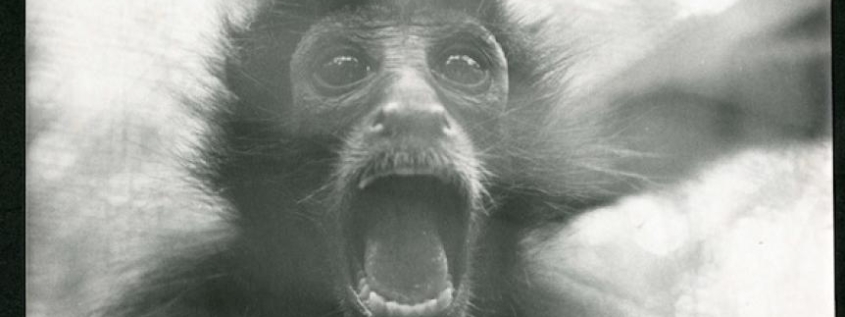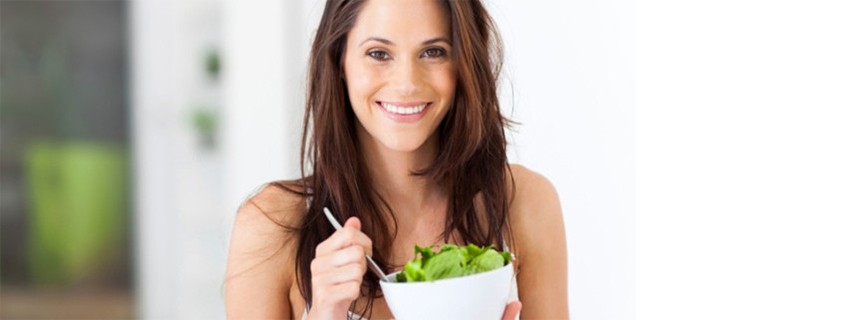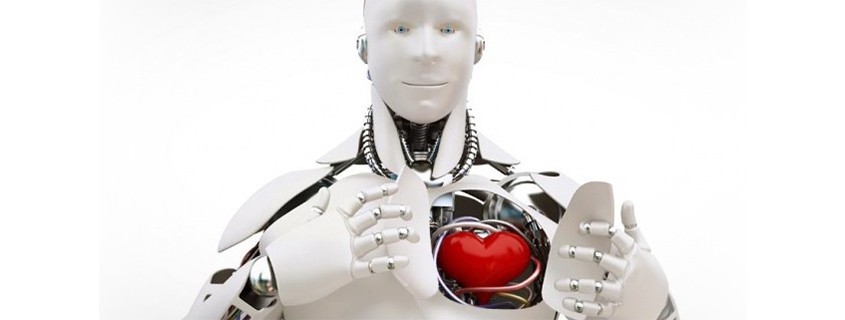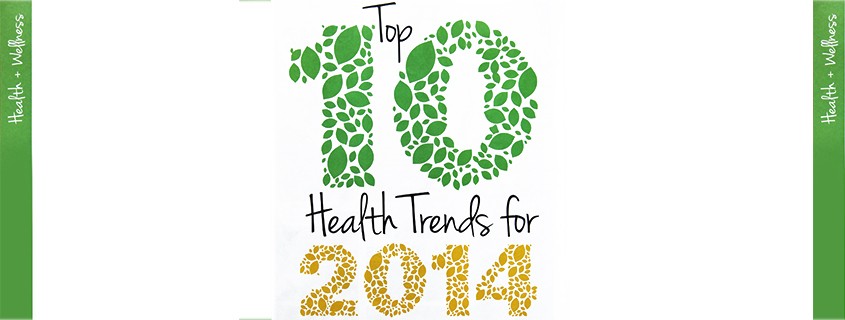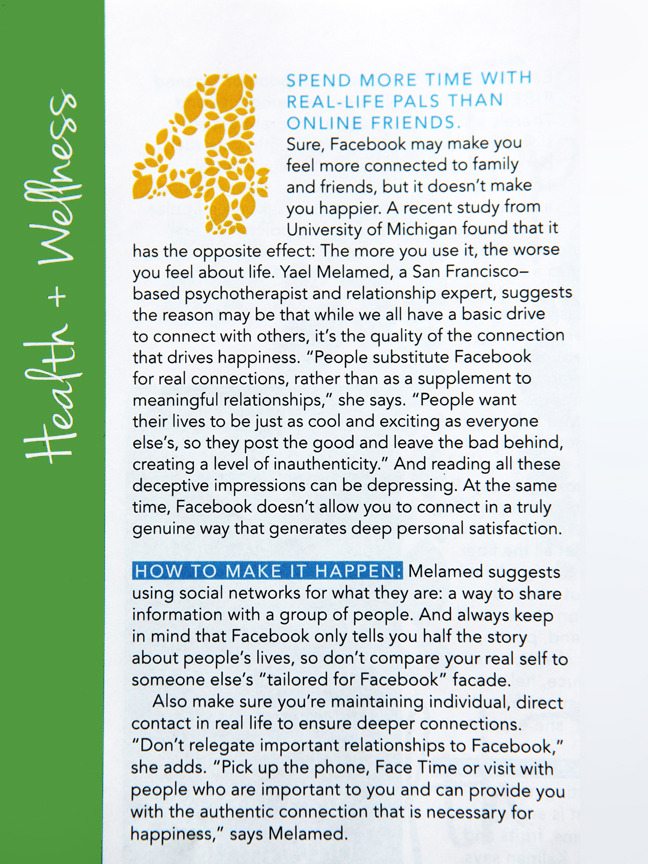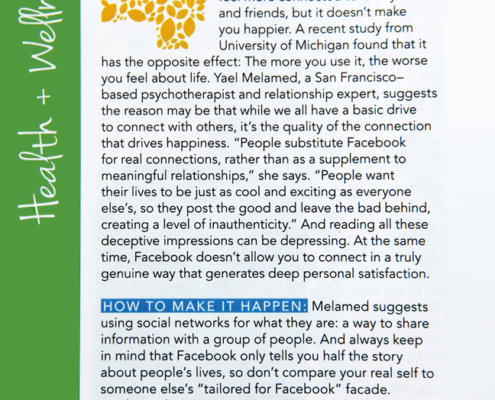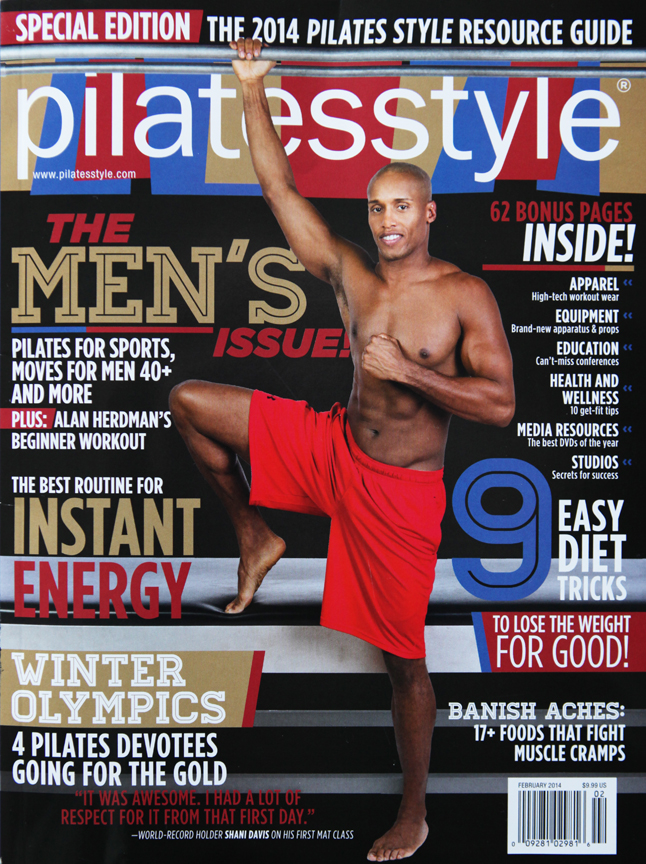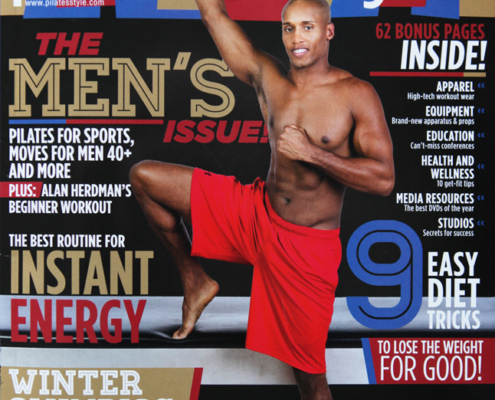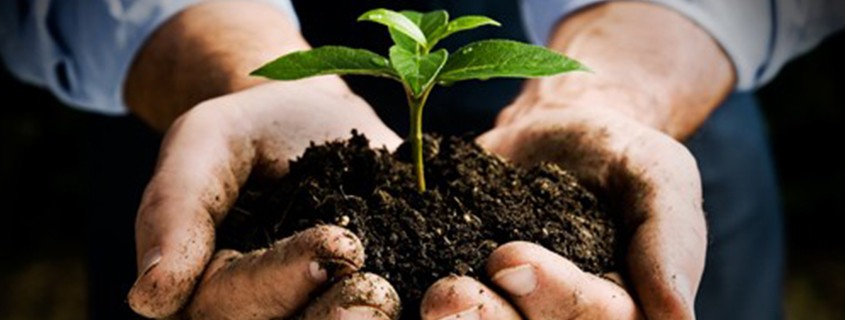What I Learned From My Best Friend’s Death
Also posted at Arianna Huffington’s Thrive Global
None of us is spared from the dark night of the soul.
You can count on it—at some point in life, your soul will shatter. What is less certain is how to emerge whole after life brings you to your knees.
A surrealistic feeling climbed from my belly to my heart, as I scrolled through three missed calls, a Facebook message, and a text, all from a man I barely knew. Why would Eric be contacting me so urgently? He answered on the first ring, “My cousin was in an accident. It was really bad. Cari’s dead.” My hands began to tremble with denial. “No, she’s not,” I told Eric, “Check again.”
Introduced through a mutual contact, Cari was my first friend in San Francisco. She always told me I was the best set-up date she ever had. Just the night before, I had spoken with my vibrant, 43-year-old friend. She was en route to New York to visit her new boyfriend. How could Cari be dead when her life was in bloom?
As a psychotherapist, I have helped people process grief in many forms. I could empathize, but death had never touched me quite so directly. Cari’s death would be my opportunity to walk the talk.
How would I get through the highs and the lows of such a shocking experience?
Would I regain my trust in life?
Would I feel joyful again?
The next morning my own tears woke me, breaking the numbness I had felt since hearing the news; the following days, weeks, and months turned out to be a rollercoaster, on which I rode in and out of feeling. I knew better than to judge myself for it. I let myself flow, trusting that I would feel what I needed to feel when I needed to feel it. When the tears came, I allowed them. When my heart hurt, I felt it. And when the walls came back up, I honored them for titrating an overwhelming experience.
At Cari’s wake, I met her mother for the first time. I felt like I knew Lois, having heard so many stories. Even more shocked than I, she chatted about this and that. Words escaped me until she said, “We prepared Cari for burial in her yoga pants. That is who she was.” Cari’s yogic path was a surprising twist for a devout Catholic, raised in a traditional Italian household. I felt an ache in my throat. Lois—clad in fancy furs and jewelry—knew and honored her daughter’s deepest essence.
When I returned home I felt restless. Aching to connect with Cari, I decided to take a walk down Chestnut Street, past her apartment. I silently waved, and continued to the foot of the Golden Gate Bridge. As I climbed up, I encountered fog so thick that I could see only three steps ahead of me. I carried on, surprised to notice myself thinking, “If I am marching towards death, I am ok with it.” Enveloped in this dramatic scenery, I sensed that the line between life and death was not as firm and binary as it had previously seemed. I could feel the excitement in my stomach as I realized that I might not actually have to say goodbye to my dear friend. She might have a lot yet to show me, albeit from the other side.
On one level, Cari’s death was devastating. A bright star had departed, and the world felt dimmer. At the same time, I felt the mysterious order of things. It was striking that only seven days before Cari passed, she had texted me an apology for an argument we had a year prior, “Sometimes I think I don’t even deserve your friendship given what happened in the fall. I really do love you.” I found solace in my response, “I have let it go. We both got activated for different reasons and it happens. When you have a good foundation, there is room for mistakes.” This synchronicity begot many questions. Did she unconsciously know she had a deadline to clean relational house? Did some part of her choose this path? Was this event less tragic than it seemed? I understood the enormousness of the lesson that I was in the middle of, and the expansiveness of life itself.
It has been three years since Cari left her body, and I am still learning.
Here is what I have gathered thus far:
1 – What Einstein said is true—energy cannot be created nor destroyed. Although Cari left her physical form, she is still very much present. There is not enough word-count to list all of the ways I have experienced this, so I will share one via an email I wrote to her spiritual teacher, Swami Sankari:
A weird thing happened on Saturday. I came to the Sivananda Centre, which I consider to be a sanctuary of Cari’s energy. Unlike Cari, who was a perfectionist about her poses, I tend to be more relaxed. I’ve never made it into a headstand and have barely tried. So during class, I half-heartedly decided to try. I felt something push me straight up. Shockingly, I made it into full headstand with ease and grace. ME. I could swear that Cari pushed me.
Was she there in spirit?
Was it my own internalization of her that generated this experience?
Who knows, it is a grand mystery. But my idea of what exists—seen and unseen—has expanded.
2 – Love, relationships, and sharing are the most important things in life. Cari helped me regain this perspective, that I have the tendency to lose. Although Cari was among my closest friends, I was oblivious to her impactful reach in the world. The deluge of love, stories, and gratitude allowed me to see Cari more fully. There were ceremonies, scholarship funds, and tree plantings established in Cari’s honor, and message after message was deep and authentic. In the last year of her life, Cari had followed her heart. She took a sabbatical from her stressful job to study yoga, and to spend time with loved ones. What a gift to herself and to those whom she left, as we could rest in knowing that hers was a life well lived and well prioritized. Cari reminded me to ask myself: if today were my last day, how would I be leaving the earth? Am I happy with my answer? If yes, keep doing what I’m doing. If no, re-evaluate and make changes accordingly.
3 – While we cannot control all that happens in life, we can control the way we respond to it. We have choices about how to move forward after being rocked by pain. As the grandchild of four Holocaust survivors, I grew up thinking about deep life questions. It was hard to wrap my head around my grandparents’ tragedy, as it has been hard to wrap my head around the passing of a vivacious young woman in a freak accident. What I have gathered through my study of the Holocaust and life in general, is that if people can make meaning or purpose from suffering, they can genuinely heal. Victor Frankl called it Logotherapy, positing that humans are motivated by an inner pull to find meaning. The basic idea is to take lemons and make lemonade. I did this in a small way after Cari’s death.
My birthday bash had been planned for July 10, not even two weeks after that fateful June day. Each time I opened the paperless post, I felt sick as I saw ‘attending’ next to Cari’s name. So I canceled the party in favor of honoring Cari’s life. I narrowed the guest list to my “soul friends” and asked them to gather for an unorthodox activity. I wanted to distribute bouquets of flowers to random strangers. Cari was such a giver. And the two of us shared a love of flowers.
My crew went to the Fort Mason Farmers Market and bought a few hundred gorgeous flowers. The vendor remembered Cari, and he threw in extra to pay his respects. We said a prayer for Cari’s soul, and promptly began to assemble bouquets. It was so much fun to watch the smiles break out on the faces of strangers, as they were surprised with a beautiful gift, no strings attached. I recall a police officer saying, “No way! These days we get more hate than appreciation. This feels really good.” The afternoon shined a ray of light on a dark time, and I felt the relief of hope.
I am currently in the process of launching The Global Village–a grief group–with Cari’s beloved Sivananda Centre, to aid people in navigating their losses during COVID-19. It is heartening to know that my painful experience will help others.
Why do bad things happen to good people?
I am still not sure I know the answer. Although my faith falters in moments, I have chosen to continue to believe, continue to trust, and continue to love. I would rather end up with lemonade.


